全站搜索
Pesquisar em todo o sítio Web
Pesquisar em todo o sítio Web
When compared with the traditional cone crusher, The hydraulic cone crusher has higher production capacity, better grain shape of the finished product and high automation degree, which creates more value for customers.
Multi-cylinder Hydraulic Cone Crusher are a new type of cone crushers developed and optimized by our company on the basis of introducing and absorbing European and American hydraulic cone crusher technologies. Compared with other cone crushers, it boasts low energy consumption, large crushing force, high reliability, large production capacity, high degree of automation, simple operation and maintenance, good product shape, low cost of wearing parts, etc.
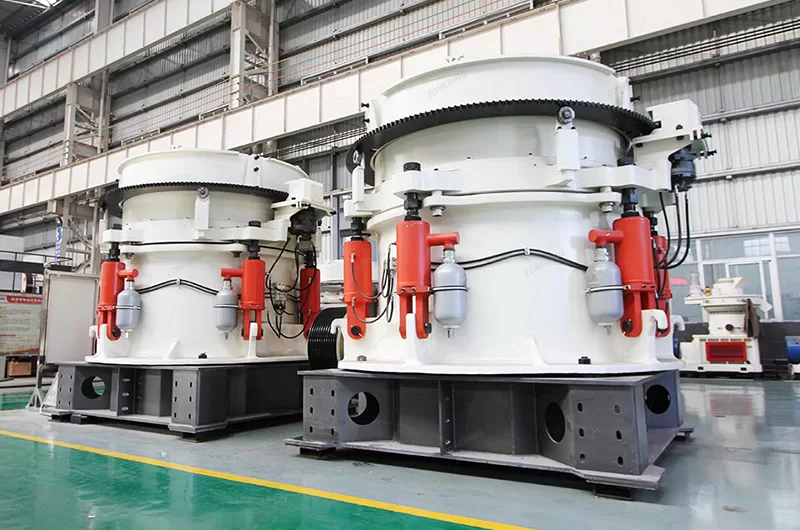
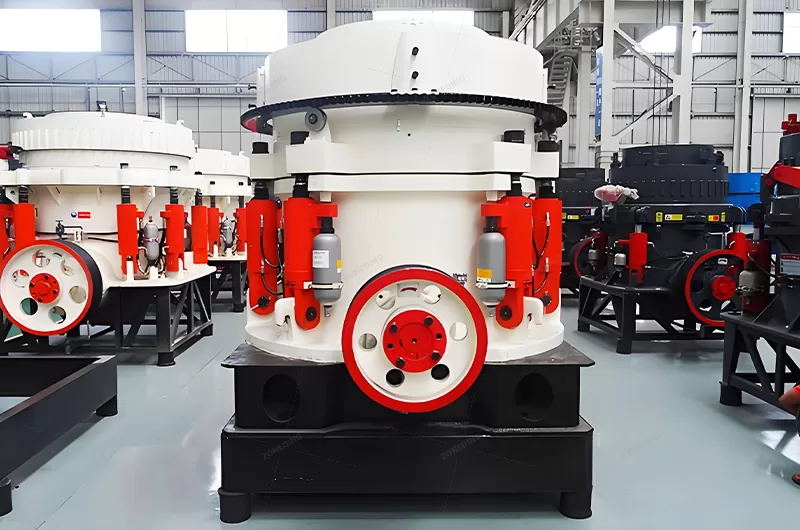
Hydraulic cone crusher can crush materials of above medium hardness, such as iron ores, copper ores, non-ferrous metal ore, limestone, quartz, granite, gritstone, etc. And it is widely used in metallurgy, building, hydropower, transportation, chemical industry, etc. When used in a stone production line, it can be used as secondary, tertiary or quaternary crushing.

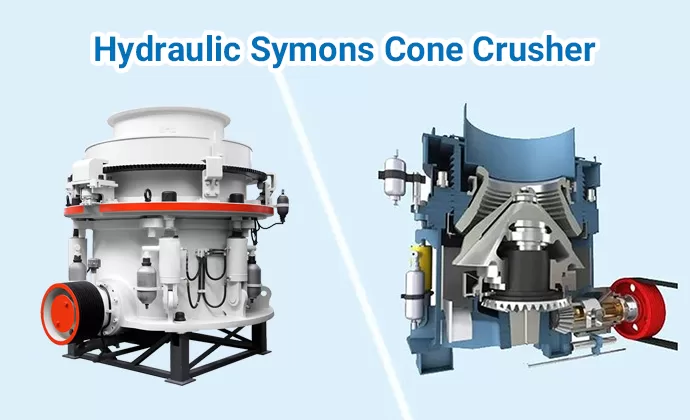
Zoneding Machinery provides users with various types of cone crushers such as compound, single-cylinder, multi-cylinder, and full-hydraulic. Complete specifications, affordable price, environmental protection, and energy saving. Our professional technical designers provide free design solutions and provide suitable solutions according to the customer’s site and broken materials.
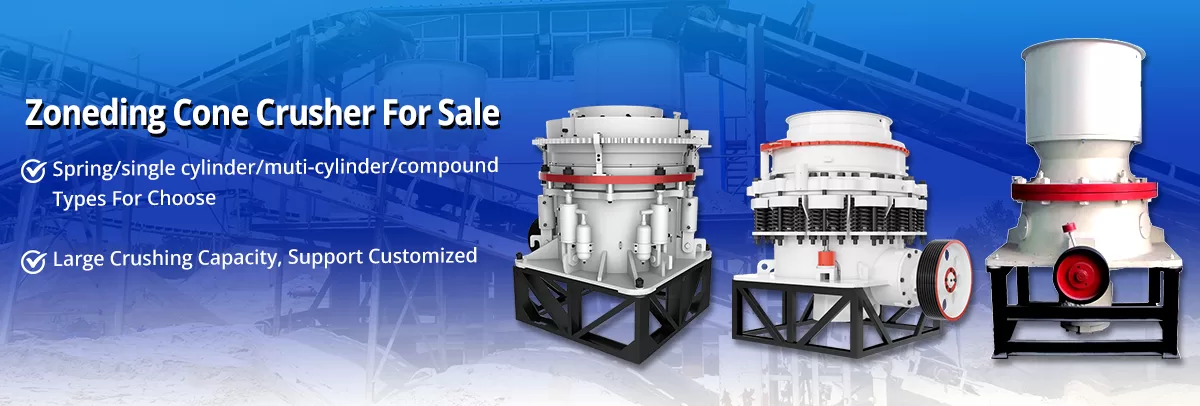
When Hydraulic cone crusher works, the motor drives the outer copper rotate through V-belt, host pulley, drive shaft, a small bevel gear, a large bevel gear. The outer copper forces crushing cone shaft axis of the outer copper to make rotating swing, making crushing surface sometimes near and sometimes leave the concave surface, so that the material is impacted, squeezed and bent in the ringlike crushing chamber consist of fixed cone and movable cone. After repeated squeezed, shocked, and bent, the material crushing to the required particle size is discharged from the lower part.
The hydraulic adjustment and oil lubrication make the crusher more steady and reliable. It also adopts labyrinth sealing mode, which avoids oil mixing with water easily.
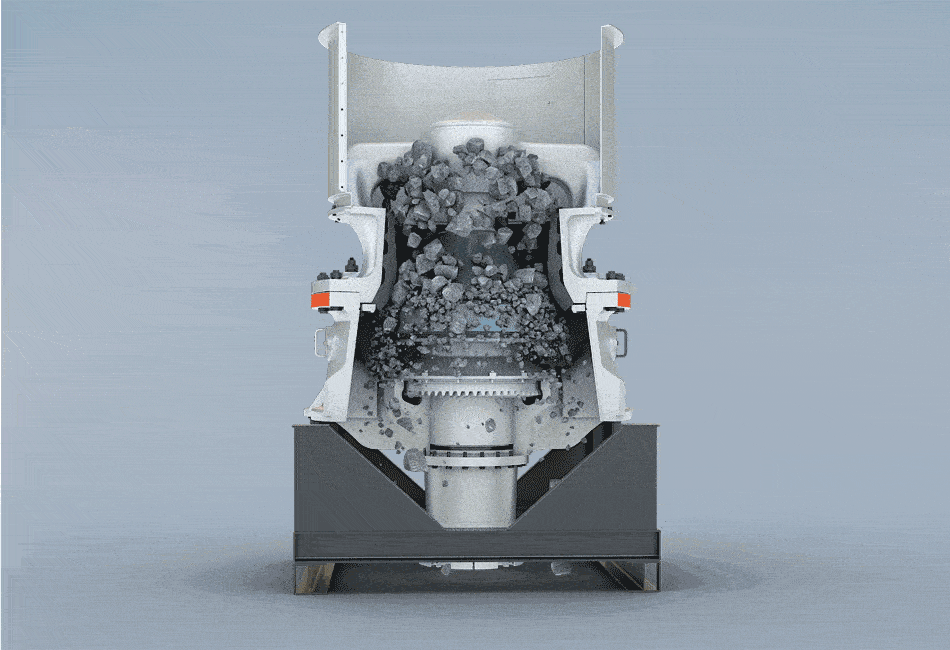
| Modelo | Cavity | Diameter of large end of crushing cone (mm) | Width of Feeding Opening(mm) | Max.feeding size (mm) | Adjusting Range of Discharge Opening (mm) | Processing capacity(t/h) | Main motor power(kw) | Weight of Main Machine (t) |
| HP200 | C1 | 900 | 210 | 178 | 22~38 | 160~250 | 160 | 10.1 |
| C2 | 155 | 132 | 18~38 | 145~250 | ||||
| C3 | 130 | 110 | 14~38 | 120~250 | ||||
| F1 | 118 | 100 | 12~25 | 108~210 | ||||
| F2 | 90 | 76 | 10~25 | 81~210 | ||||
| F3 | 70 | 60 | 8~25 | 72~210 | ||||
| HP300 | C1 | 1100 | 235 | 200 | 26~45 | 230~445 | 220 | 17.8 |
| C2 | 211 | 180 | 20~45 | 200~445 | ||||
| C3 | 135 | 115 | 16~45 | 180~445 | ||||
| F1 | 124 | 105 | 14~25 | 160~220 | ||||
| F2 | 96 | 82 | 12~25 | 140~220 | ||||
| F3 | 70 | 60 | 8~25 | 120~220 | ||||
| HP400 | C1 | 1400 | 330 | 280 | 26~51 | 270~630 | 315 | 25 |
| C2 | 200 | 170 | 22~51 | 243~630 | ||||
| C3 | 152 | 130 | 16~51 | 210~630 | ||||
| F1 | 135 | 115 | 12~25 | 162~370 | ||||
| F2 | 106 | 90 | 10~25 | 126~370 | ||||
| F3 | 80 | 68 | 8~25 | 104~370 | ||||
| HP500 | C1 | 1500 | 335 | 285 | 32~51 | 365~790 | 400 | 34.1 |
| C2 | 229 | 190 | 25~51 | 328~790 | ||||
| C3 | 180 | 152 | 19~51 | 280~790 | ||||
| F1 | 152 | 130 | 13~25 | 202~450 | ||||
| F2 | 124 | 105 | 10~25 | 158~450 | ||||
| F3 | 88 | 75 | 8~25 | 122~450 |
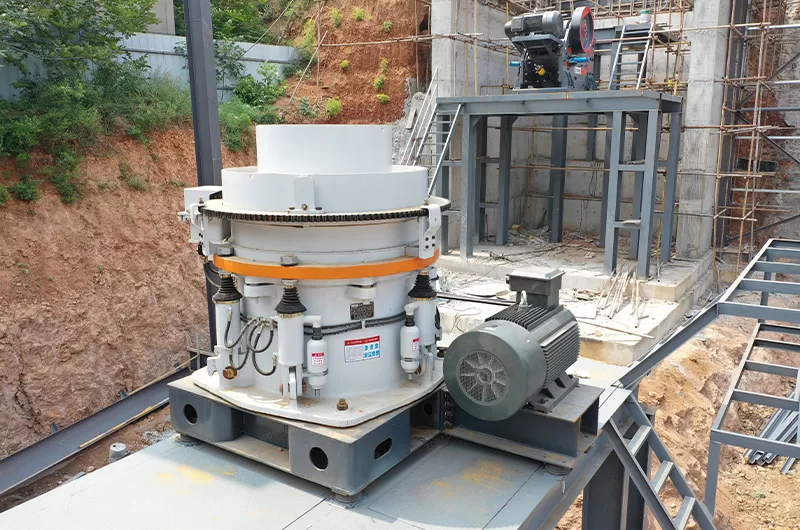
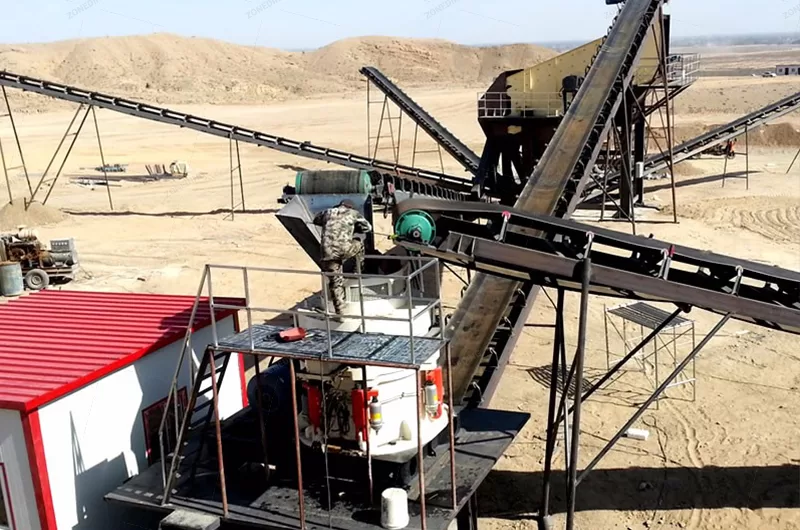
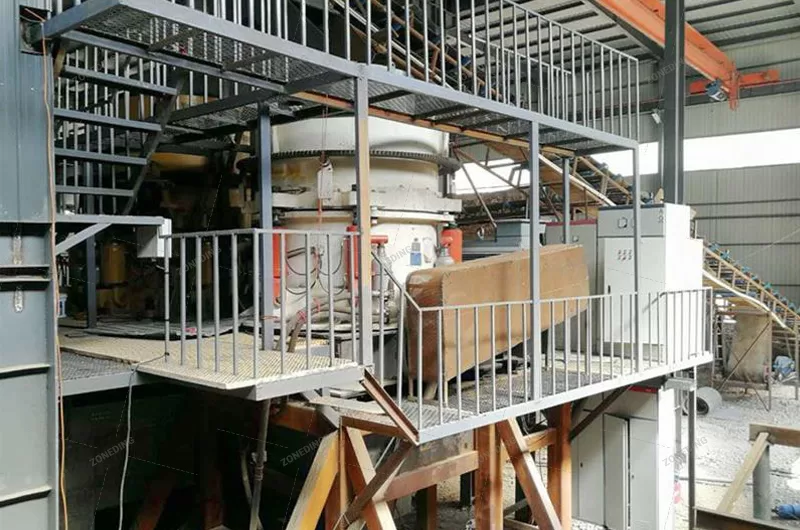
Resposta: Os principais factores que influenciam a separação incluem o movimento da mesa (curso e frequência), o volume e a inclinação da água, a taxa de alimentação e a concentração, bem como o tamanho e a forma das partículas do material de alimentação. O ajuste correto destes factores é fundamental para uma separação eficiente. As inclinações longitudinais e transversais da mesa devem ser controladas com precisão. A concentração de alimentação também deve ser adequada, normalmente 20-30% para minerais grosseiros e 15-25% para minerais finos.
Resposta: A operação envolve a observação da superfície da mesa e o ajuste da inclinação, do fluxo de água e da taxa de alimentação. A manutenção regular inclui a verificação de peças soltas, a lubrificação dos componentes móveis, a inspeção do desgaste e a limpeza da superfície da mesa. A manutenção preventiva deve ser efectuada regularmente, com intervalos que variam entre cada mês e uma vez por ano.
Resposta: Os problemas mais comuns podem incluir a vibração da mesa ou cortes irregulares, distribuição desigual do material ou separação deficiente. A resolução de problemas pode envolver a verificação de parafusos soltos, molas danificadas ou desalinhamento, o ajuste da tensão da correia, a inspeção dos componentes eléctricos e a garantia de uma lubrificação adequada. Se houver um ruído invulgar, identifique a fonte e elimine o problema.
Resposta:
Vantagens: As mesas vibratórias oferecem elevadas taxas de enriquecimento, são relativamente simples de operar e produzem zonas de separação visíveis, permitindo um fácil ajuste e monitorização. São adequadas para uma vasta gama de tamanhos e densidades de partículas.
Desvantagens: Normalmente, têm uma capacidade de produção inferior à de outros métodos, como os jigues ou as espirais. Também requerem uma área relativamente grande e consomem uma quantidade significativa de água.
Resposta: A seleção depende do material a ser processado, do rendimento desejado e da gama de tamanhos de partículas. Os factores a considerar incluem a área da plataforma, o comprimento do curso e o design do riffle. Recomenda-se a consulta de um fabricante ou especialista para determinar a configuração ideal.
